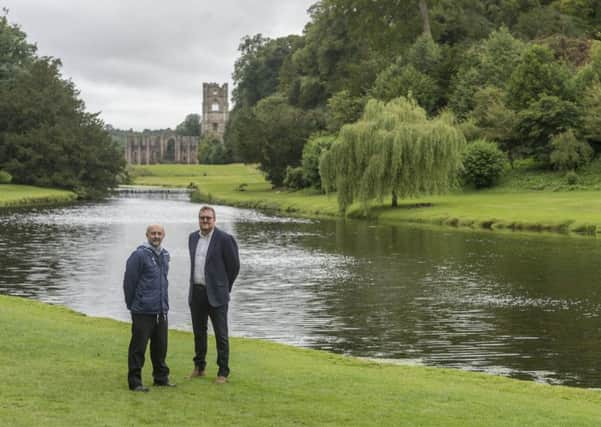One-of-a-kind project to clear reservoir is complete


But the £300,000 project to clear Fountains Abbey’s Half Moon Reservoir, is now complete, and the company that developed the never-seen-before method has won an award for its work.
It was around 18 months ago that the head of landscape at the National Trust site, Michael Ribsdale, first decided to look for a non-traditional method of dredging the layers of silt from the bottom of the reservoir.
Advertisement
Hide AdAdvertisement
Hide AdAfter much research, he enlisted the help of Ebsford Environmental, based at Nostell near Wakefield, who developed an already existing idea to use the natural topography of the site to pump the silt over 1km uphill into a bespoke tank made entirely of biodegradable and re-usable materials - ready to be re-used on agricultural land.
Mr Ribsdale said: “It has been an extremely challenging project, to pump the silt such a long distance in a heritage environment, but it meant that the pond was able to fully charged, with any biological communities, such as fish and crayfish, left undisturbed.”